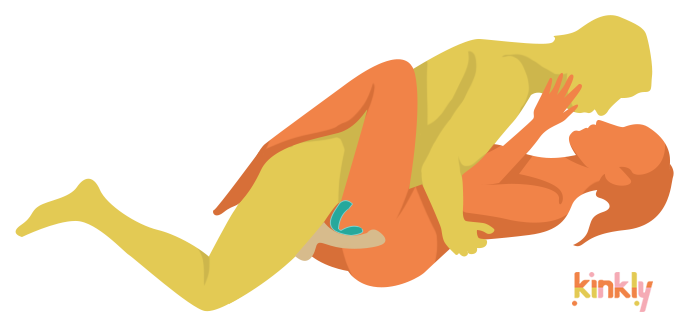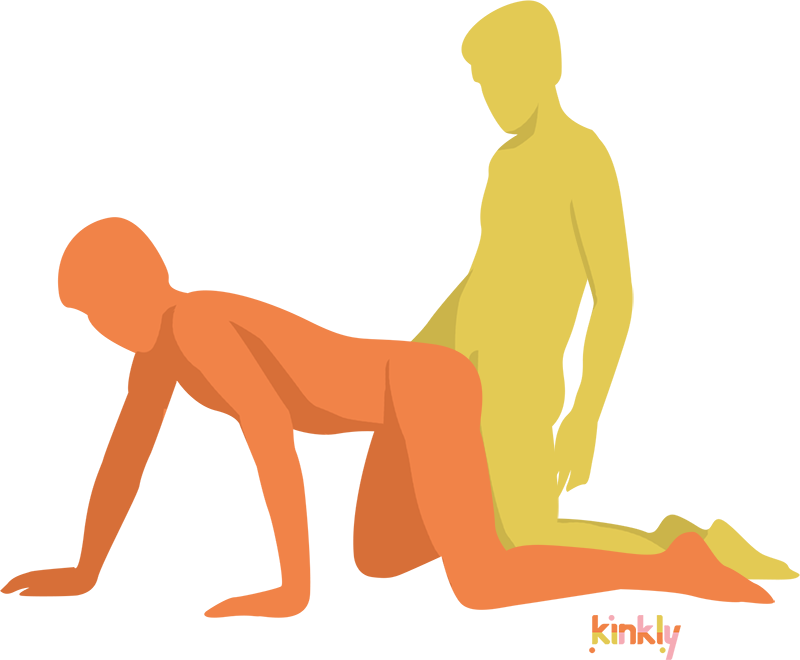Both polyamory and swinging fall under the umbrella of “open relationships” or “ethical non-monogamy.” Both rely on openness and honesty about what’s going on and who is involved (which makes both of them different from monogamy or cheating). There are all kinds of open relationships; poly and swinging are just two examples of what open relationships can be.
Franklin Veaux put together this great infographic that shows multiple types of open relationships and how they overlap. You’ll notice that poly and swinging aren’t always mutually exclusive. Sometimes poly people like to have a “friends with benefits” arrangement or “no strings attached” (NSA) sex just like monogamous people. Sometimes, swingers have loving or romantic relationships with someone who isn’t their primary partner or spouse. It’s just not the driving force behind what they do.
There are so many variables to each relationship. Labels like “poly” and “swinger” make it easier to start conversations about who we are and what we do. As an example, Jill is poly and so is Kevin. Jill’s poly relationship is a polyfidelitous triad. She and her partners don’t have romantic relationships outside of their closed group; it’s basically a domestic partnership between three people. Kevin practices network poly. He’s in relationships with two other people and his partners have other relationships that Kevin isn’t a part of. Jill and Kevin are both poly, but their definitions are very different. Swingers experience similar variations in how they practice their form of ethical non-monogamy. Even relationships that are monogamous have infinite variety based on individual needs, wants, boundaries, and mutually defined relationship agreements. Labels are often chosen because they are the best fit, not because they are a perfect fit.

















